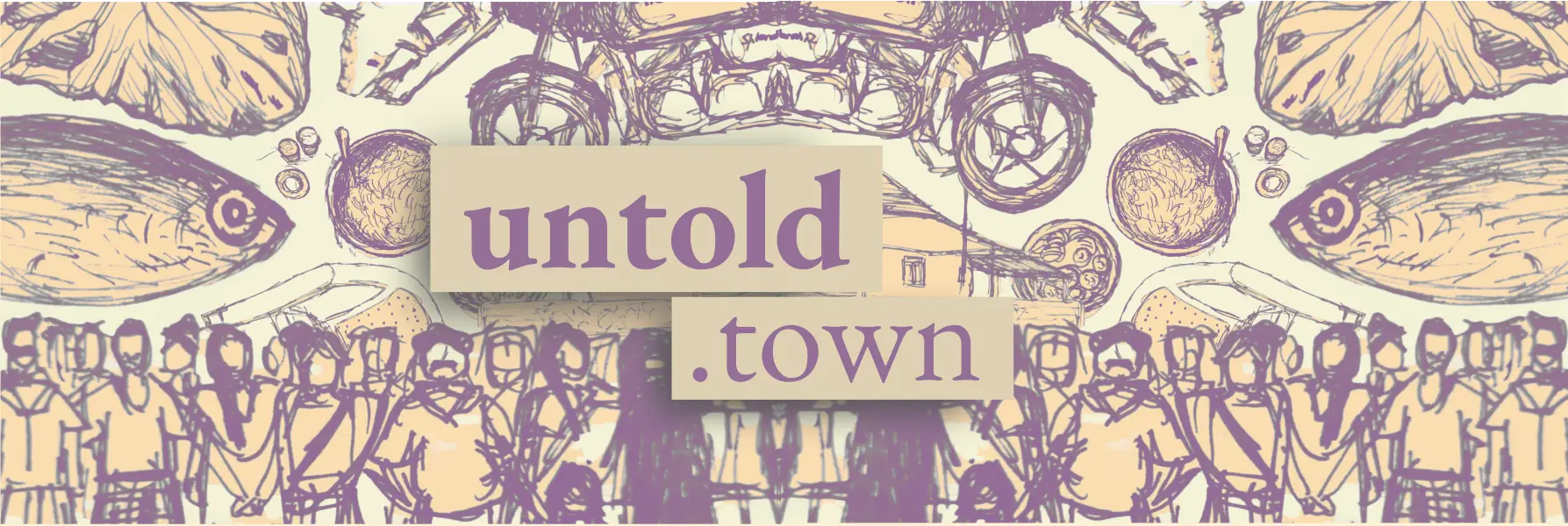Stories from Hara

Hara is located on the peripheries of the Mookambika Wildlife Forest Reserve. Nestled within the deciduous forests of the Western Ghats, there is a steep mud road that connects it to nearby villages. On a rainy day, one must ascend very carefully- speaking from personal experience here. The Gram Panchayat office in Idur Kunjadi, is about 5 KMs from here. But some households in Hara feel that the Gram Panchayat is, in fact, much farther away from their community. One man remarked, "they only come here when they have elections to contest". There have been multiple requests for better roads, streetlights and public infrastructure that have gone unheard, the community tells us.
On the satellite maps, Hara is quite identifiable. From a geospatial view, the built environment in Hara is quite unique - the 20 or so houses form an elliptical periphery around the fields, plantations and trees. My curiosities peaked when I first got a glimpse of Hara (alas, on a satellite map).
Fortunately, I got the opportunity to be in Hara, meet the people who live there and learn their stories. The centuries-old tales of the daivas, migration histories of the Marathi Naik communities, recipes of delectable dry fish curries of the Karavali - the community in Hara is a meshwork of communal histories and indigenous practices.
The many human-non-human routers
Reflecting back, it’s clear there were many in the community who acted as “routers” for us, connecting us to Hara’s rhythms in their own ways. From the very onset, we were greeted by the curiosity of Sashi who invited us into their world of play. The following day they even introduced us to their neighbours. The younger folks in the community offered us invitations into their worlds and their community at large.
In small, everyday gestures—children sharing their games, women offering their thoughts and concerns, young adults speaking with pride about their hamlet—we saw a deeply woven community. This intricate meshwork of connections, memories, and traditions is what we have attempted to capture in the story map, an artifact co-created with the contributions of Hara’s people and their openness to sharing their world.
Even the landscape seemed to have its own “routers”. We were often led through the hamlet by eager dogs, who appeared suddenly and guided us down winding paths or open fields, sometimes even leading us to new encounters with the people of Hara. One particularly friendly pup became our companion, showing us around with an enthusiasm that matched our own curiosity. Later, we met the dog’s owners, who had been searching for him. This chance encounter, like so many others, came with stories and laughter—each step adding a new layer to the shared map we were creating.
The repositories of Hara
Through gestures big and small, the community in Hara welcomed us, making it possible for us to glimpse their lives from within. The younger folk, like Arjuna, acted as cultural interpreters of sorts, inviting us into spaces we might not otherwise have accessed. They offered not just introductions to their families and neighbors but a glimpse into the community’s shared history, traditions, and aspirations. As young adults like Harish and Madhusudhan described their journeys to nearby towns and cities for work, we could sense a tension between the pull of opportunity outside Hara and the strong sense of belonging to the hamlet.
The older residents, too, slowly opened up to us, their trust built over time. At first, there was a layer of caution, particularly in light of recent thefts in the area. We met women who spoke with wisdom and guarded openness, particularly as they described their concerns about security and theft. Their vigilance was palpable, as was their pride in protecting the community they hold dear. Yet, as our intentions became clear, they began to share stories with a quiet generosity, each conversation adding another layer to Hara’s repositories of lived experiences.


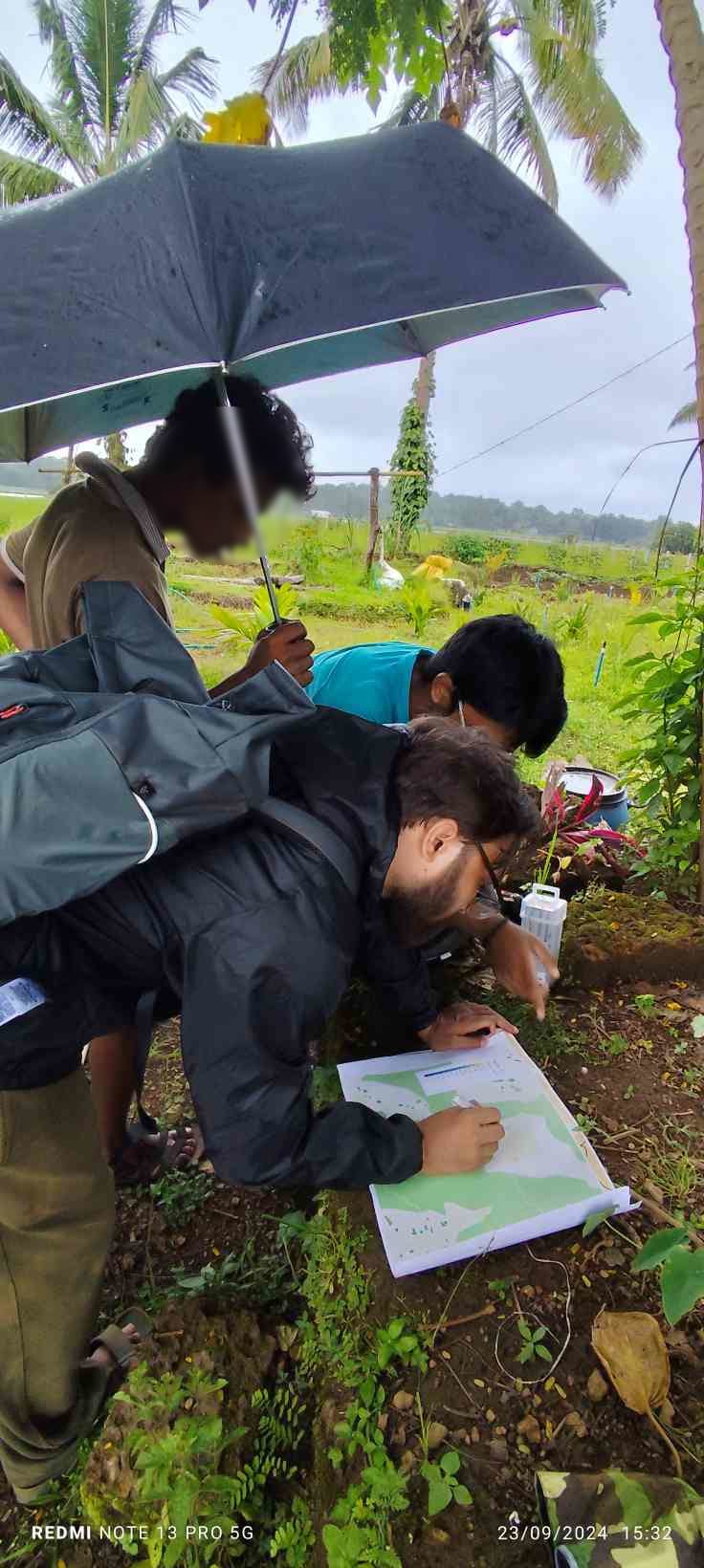
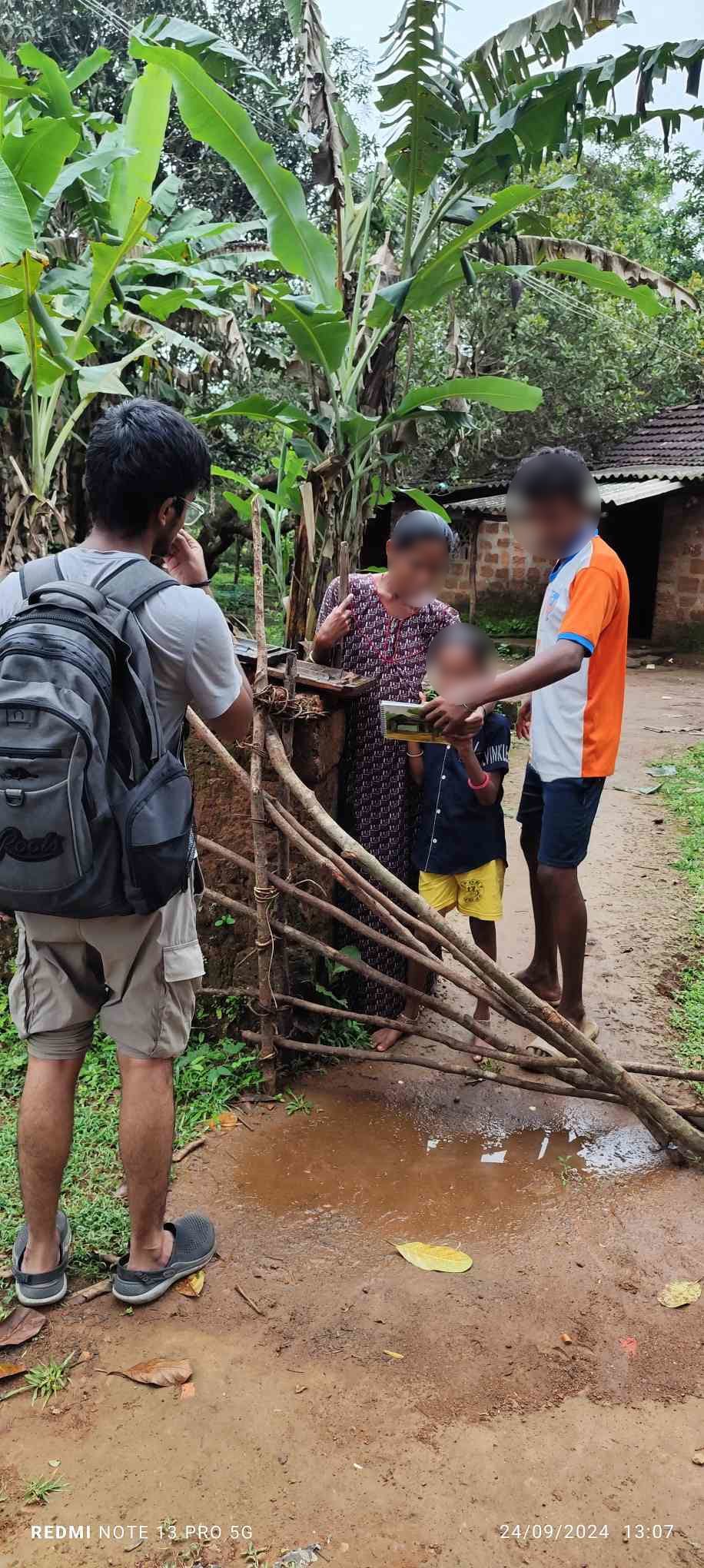
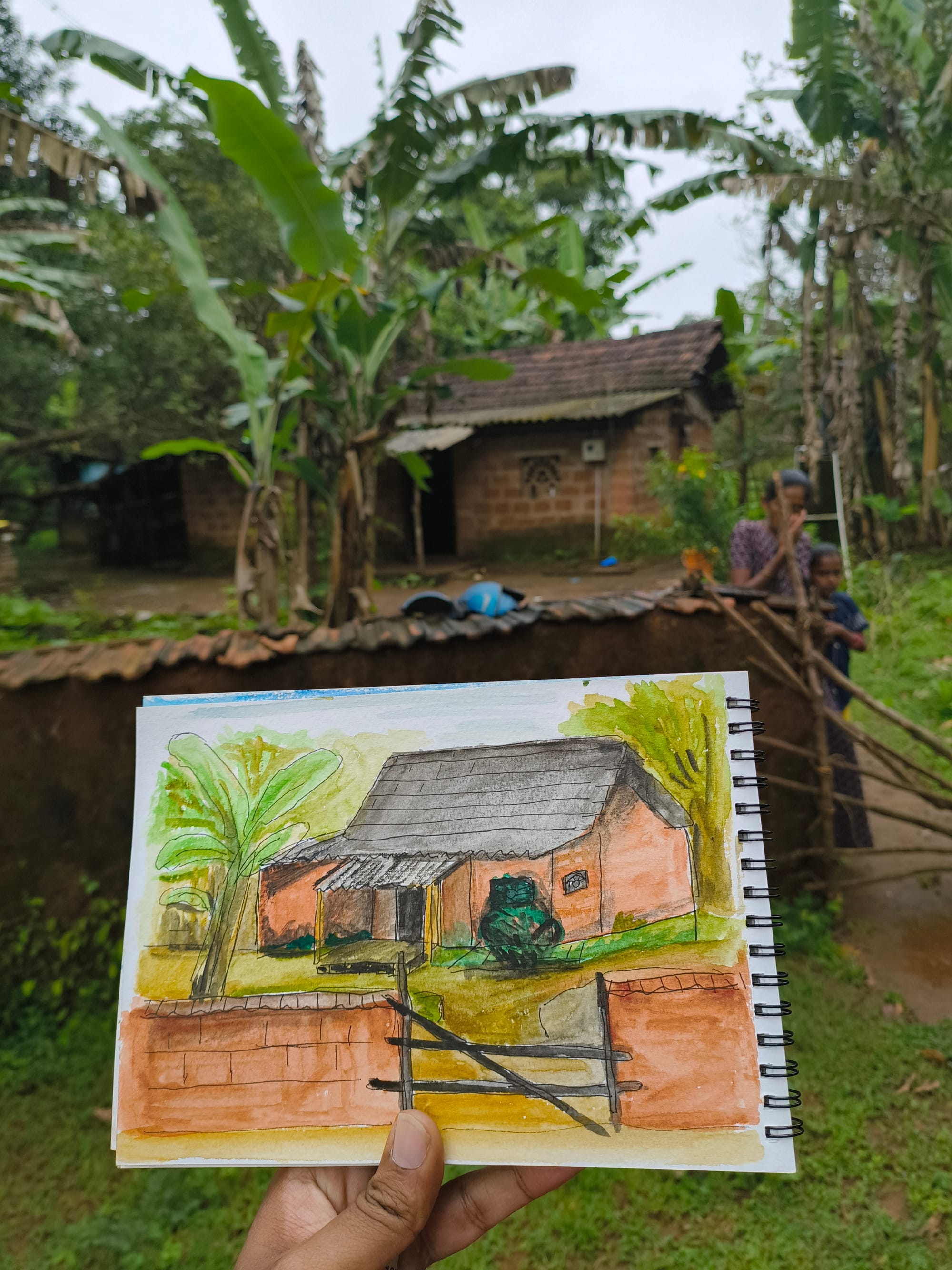

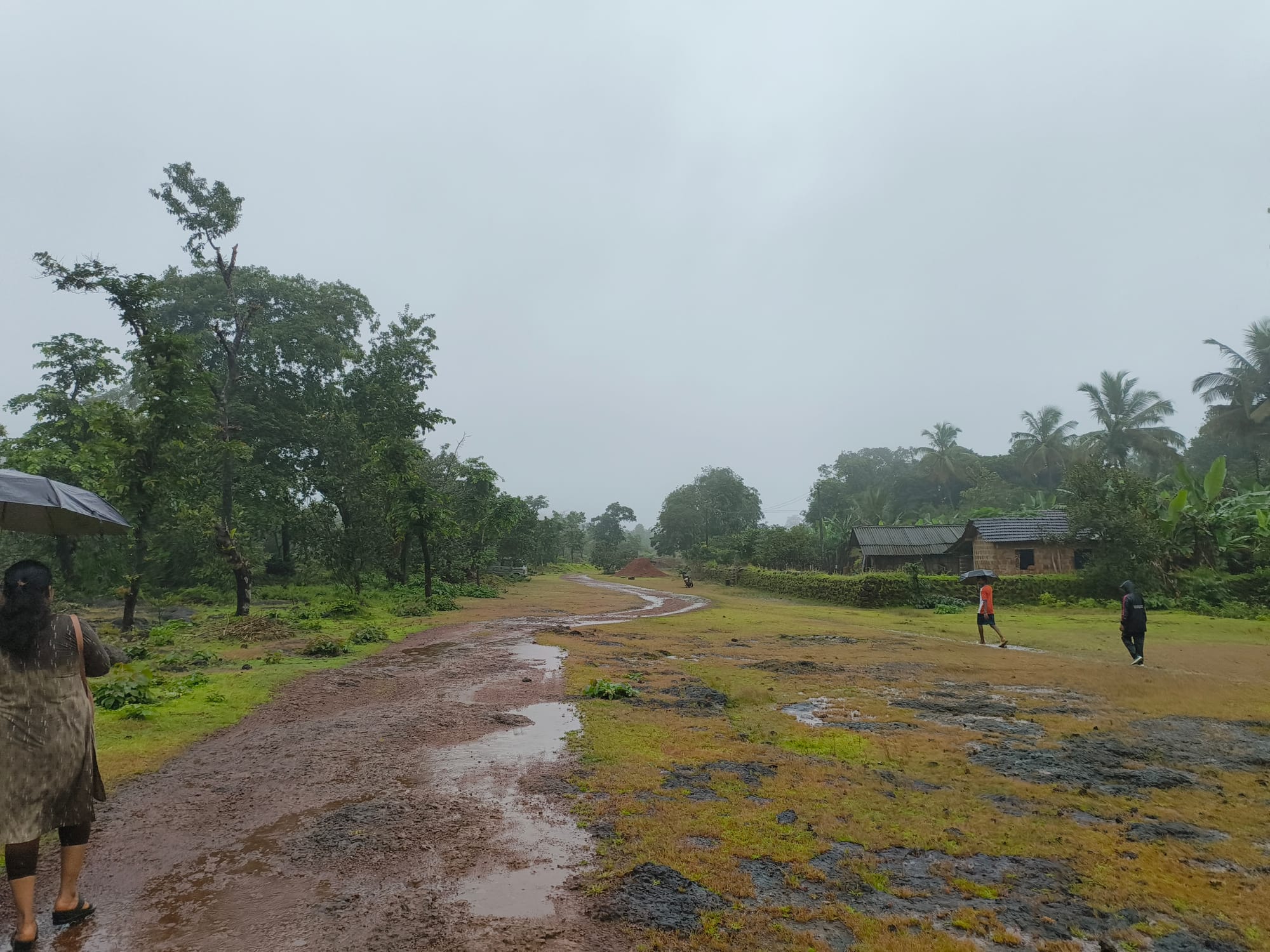
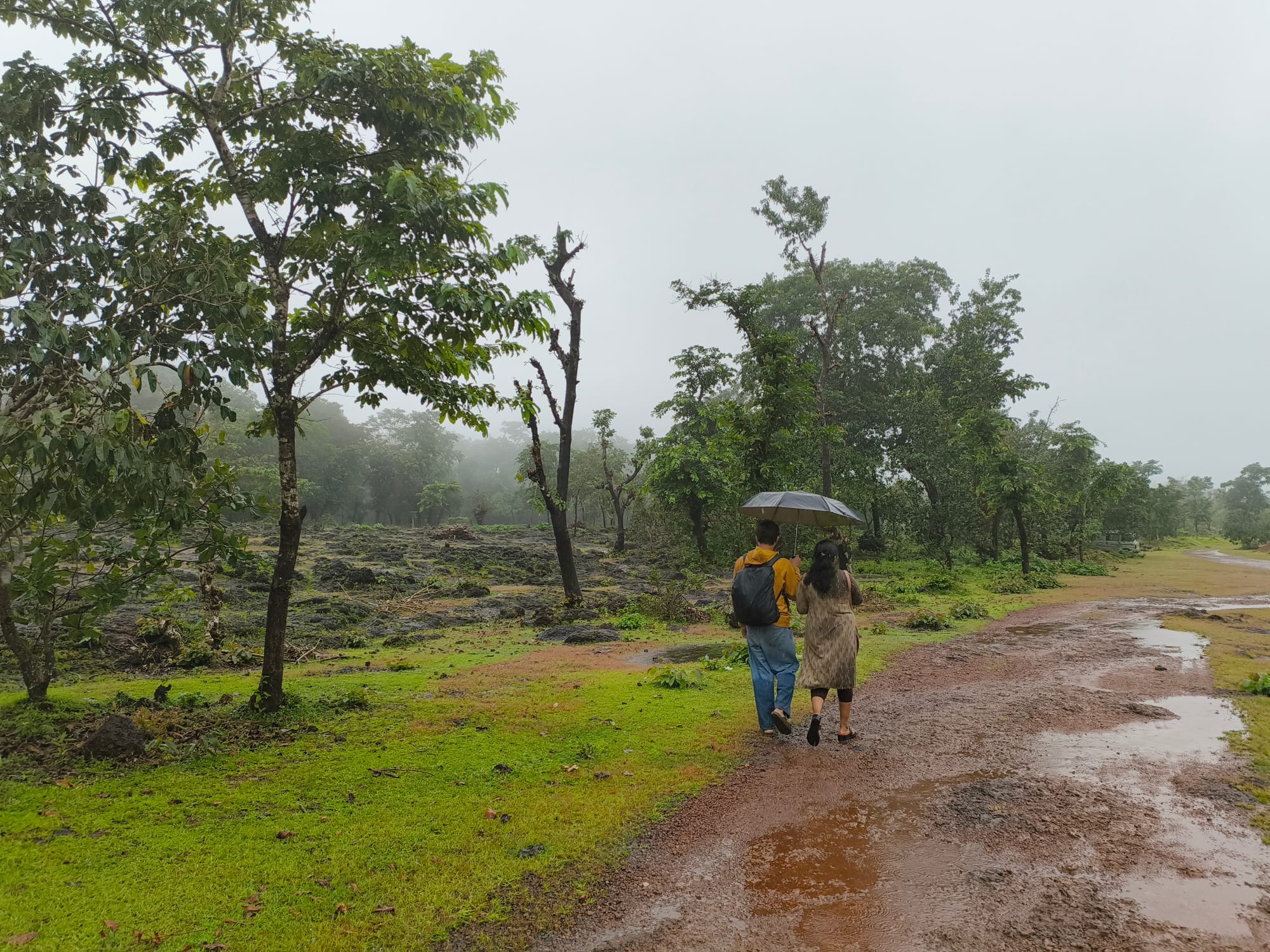
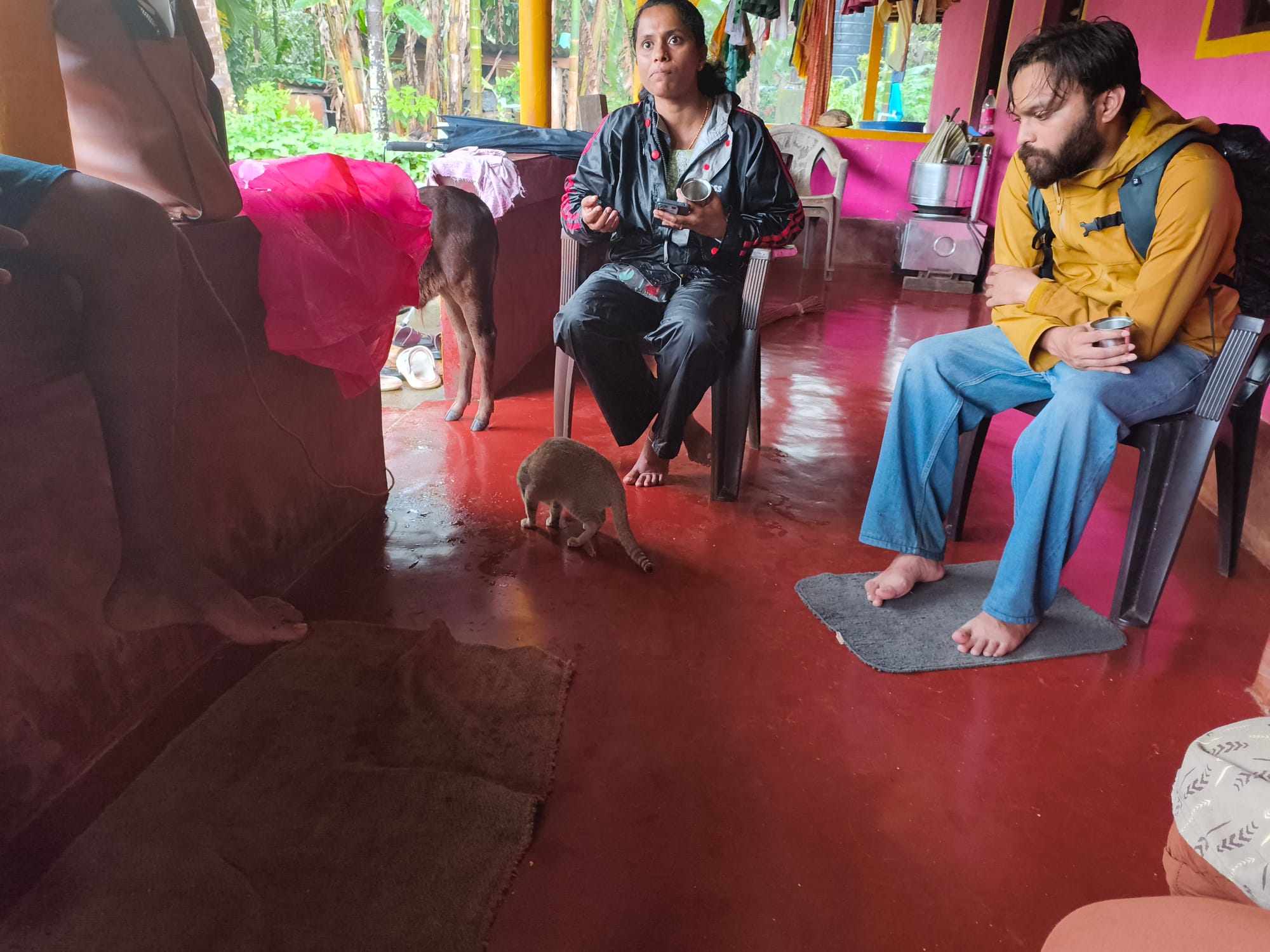
Right to communicate
It is an unfortunate reality that communities such as Hara face systemic marginalization, may it be access to roads and infrastructure or the means to communicate and connect. Even the very act of communicating beyond the hamlet is complicated. Spotty cellular coverage means that people often have to search for elusive signal spots, making every call or message an effort.
Adding to this sense of isolation is the looming impact of policies like the ones recommended in Kasturirangan Report, which designates ecologically sensitive areas across the Western Ghats. The report serves as a stark reminder of how decisions made remotely can deeply affect communities that often lack channels to make their voices heard.
When public bodies or large corporations deem it unfeasible to serve marginalized communities, it brings into focus a broader question: should the right to communicate depend on one's location or socioeconomic status? Across similarly underserved contexts, there are growing movements to build local internet infrastructures that don’t just provide connectivity but do so in ways that are community-driven and responsive to local realities.
To see a few home-made antennas setup to remain connected with the world beyond Hara, serves as an encouraging sign for us to imagine possibilities of a community mesh network with the residents. Within Samagra Arogya, a place-based holistic healthcare programme, the idea of supporting communities by setting up mesh networks comes from key social determinants of health like access to education, mobility, caste and livelihoods to name a few. Over the next few months, we aim to imagine and set up a local network infrastructure with the people of Hara. The intent is to build infrastructures that resonate and embed within the networks that already exist in the place.
